How to Bury a Bitcoin Seed Phrase Backup
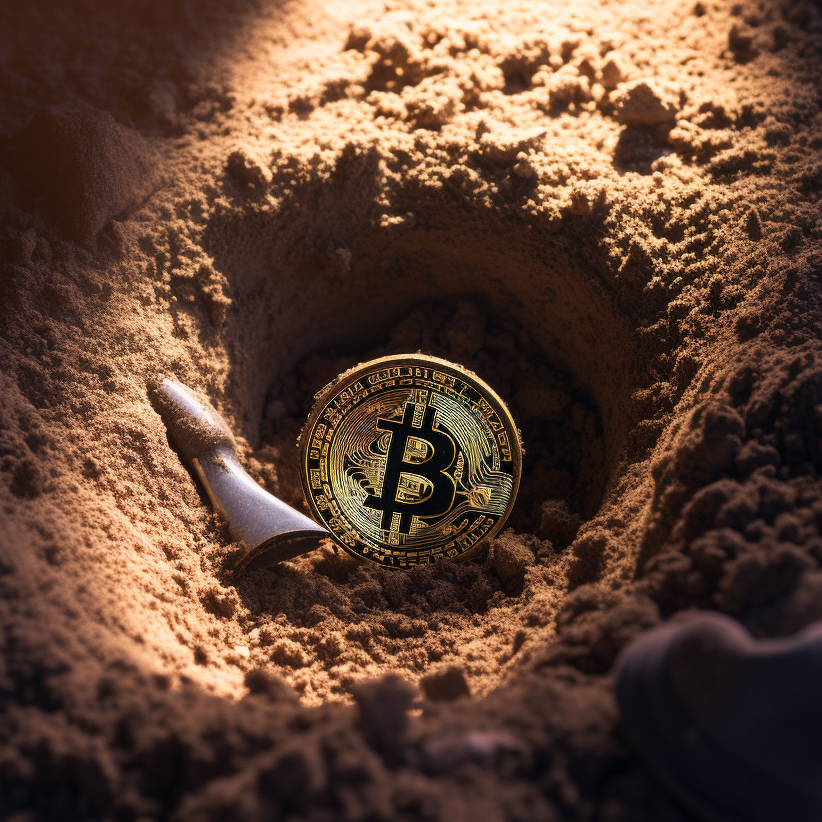
I've done many stress tests over the years to determine which metal seed backups are best designed in order to survive catastrophes. As a result I have extensive thoughts on how seed backups should be designed and how you should go about actually using metal seed phrase backups.
Over the years I've heard stories of a few folks burying seed phrases for extreme disaster recovery purposes, but I've never seen an in-depth report from anyone who has gone through the whole process. Thus, a couple years ago I buried a set of plates to see how they'd fare over a longer period of time. Mostly I wanted to see if I could construct a cheap container that protected them from the elements and just wanted to explore the process of burying and reclaiming "treasure" since I've never tried it before.
Constructing a Container
My goals for burial storage were pretty simple:
- Large enough to fit a stack of credit card sized seed plates.
- Not any larger than necessary to limit the excavation required
- Durable enough that it wouldn't become brittle or decay in the elements
- Something sealable to prevent water / debris from entering
- Cheap and made from easily available parts
- Easy to assemble and disassemble
So I headed to my local hardware store and took a look around. I ended up settling upon using a handful of 4" PVC sewer fittings. Here's the recipe:
- 2 of these 4" drain plugs - you can also use smooth end caps but I wanted to be able to use a wrench to reopen the device if it was gummed up.
- A 4" drain coupling for the main body of the container.
- 2 of these 4" female adapters for the drain plugs to screw into.
- A small tube of waterproof silicone sealant. Alternatively, for a more permanent sealant you can use PVC cement, but note that this will require sawing through the pipe in order to reopen it.
I'm sure there are innumerable other ways you could construct this container, but this seemed like a straightforward solution from the 10 minutes I spent at the hardware store. PVC is an incredibly durable material that's already rated for use in a wide variety of environments, plus the whole kit only set me back $40!
Assembling the Backup
This ain't rocket science - you should simply slide the adapters into the coupling and then screw the plugs into the adapters.
For your metal seed phrase backup, I highly recommend sealing it inside a tamper evident bag (they are inexpensive) in order to be sure no one has disturbed your backup. Note that for this to be fully tamper evident, you must write down the serial number of the bag somewhere that you won't lose it. Otherwise, an attacker could open the bag and re-seal it with the same brand.
Now you can insert the backup into the PVC container. Press both of the adapters tightly into the coupling and then apply a moderate to thick amount of sealant along the edge at which they meet. Next, screw both of the drain plugs in to a snug hand-tight level of torque and apply sealant along the edge of the fitting. Let the device sit for 24 hours so that the sealant is fully cured before burial.
Burying the Backup
I did not leave any physical markings when I buried my backup. Nor did I create a map to find it. This would have been a very poor inheritance plan, as no one but myself knew about this little project.
I didn't put a ton of thought into the burial location other than to put it somewhere that I expected there to be no chance of anyone poking around in the forseeable future. If you're doing a serious seed burial, I'd suggest the following in order to reduce the odds of the container being disturbed, found by the wrong person, or otherwise lost:
- Land that is not open to the public (no random folks doing metal detection / treasure hunting)
- A spot that is not claimed by any city / state / federal government as an easement or right-of-way where they can send workers to do projects that could involve excavation.
- A fairly open spot that's not too close to large plants with extensive root systems that could envelop the container.
- If you want the backup to be hidden from the average metal detector then it needs to be buried more than a foot deep.
- If you want to be super paranoid about treasure hunters, take a metal detector with you when scouting out your burial location. If you can find a spot with a ton of debris, that will provide more obfuscation. Or you can "seed" the area with your own scrap metal like bottle caps / pull tabs that would frustrate any treasure hunters.
Be aware that natural changes in the environment can significantly alter the landscape over multi-year periods. For examples, trees come and go and man-made structures may be erected and demolished, so it’s important to be able to find the exact location of your dig without relying on potentially temporary features. Chose a prominent, natural landmark - a feature that won’t erode, move, or disappear - and navigate to your stash from there.
Seed Burial Results
Don't trust, verify! You may wish to do a test run yourself before undertaking a real seed phrase burial, as your mileage (and environmental conditions) may vary.
Exhuming the Backup
After several years had passed it turns out I forgot exactly where I buried my plates, so I got a metal detector to save me the time of digging a bunch of holes in the general area. It turns out that digging a bunch of holes in the wilderness with a shovel is far from the fun of digging a hole at the beach - you're probably going to end up hitting all kinds of obstacles like rocks and roots.
Thankfully my metal backup was only under about 6 inches of dirt, so I was able to find it with the metal detector on the second try - I did get some false positives at first, but it was also my first time ever using a metal detector and I wasn't adept at calibrating it and interpreting the signals.
Once I finally found my backup, it was in pretty good shape, though I was a bit surprised to see how many roots had grown around it. This is certainly something to keep in mind if you're burying something for an indeterminate period of time. If you come back in a few decades, you might have to hack through a huge mess!
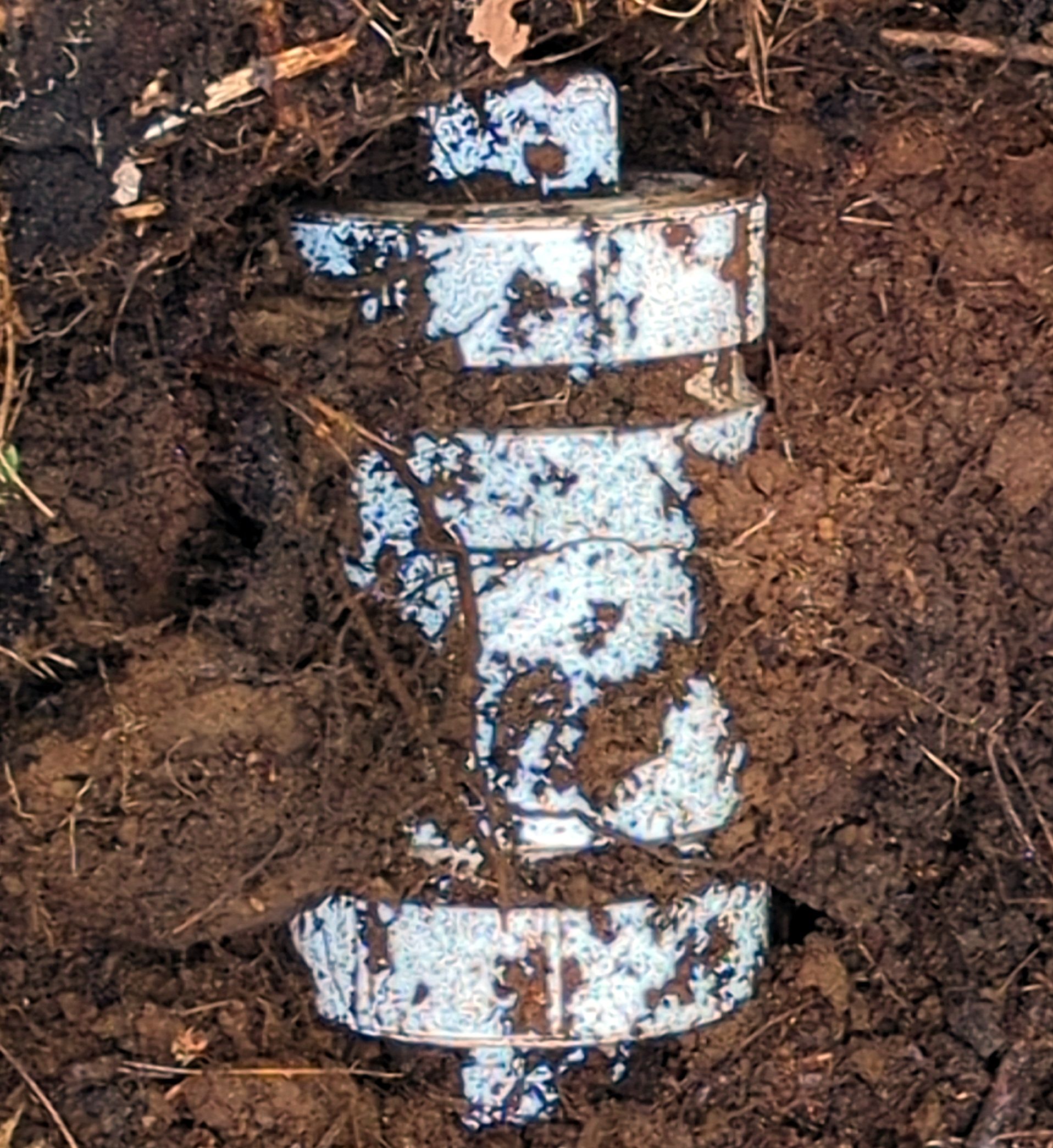
After pulling it out of the ground and knocking most of the dirt off, it looks to be intact.
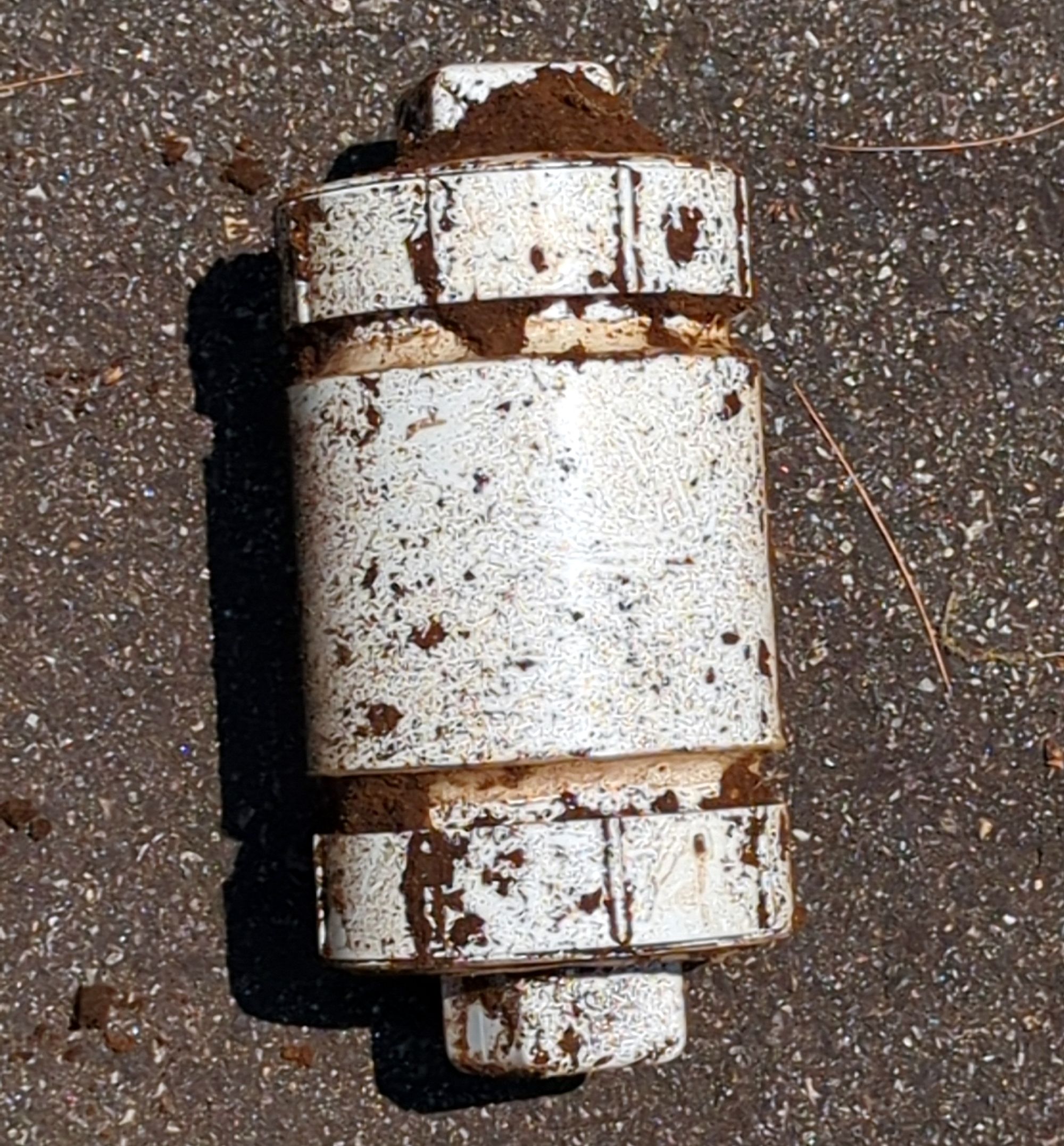
A quick hose down confirmed that all of the seals were intact.

Removing the silicone seal was pretty easy - just needed to slip the tip of a knife under an edge of the sealant and then I pulled the whole thing off with two fingers. After unscrewing the cap we can see that no dirt / water / debris managed to get inside.
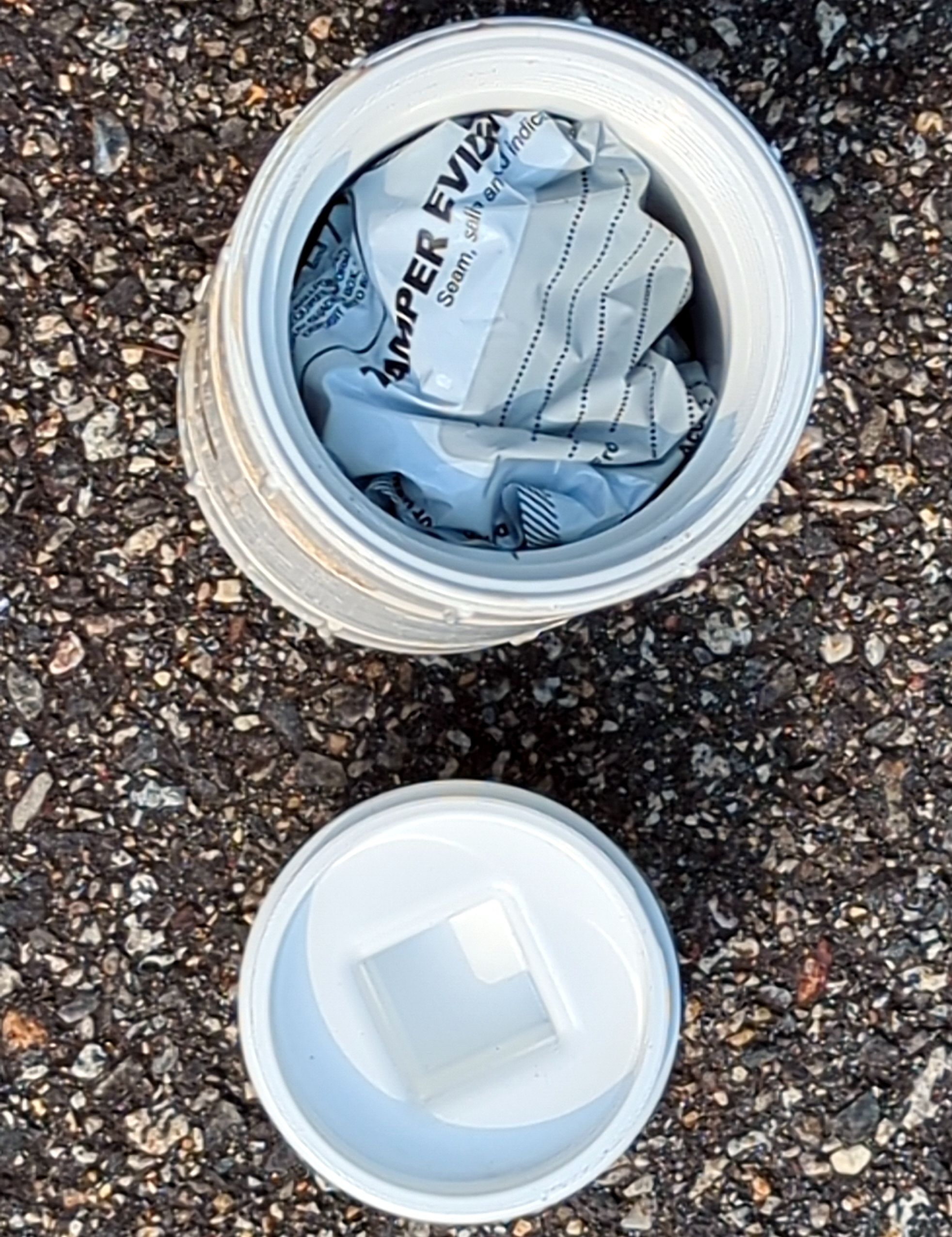
Sensitive data redacted for obvious reasons!
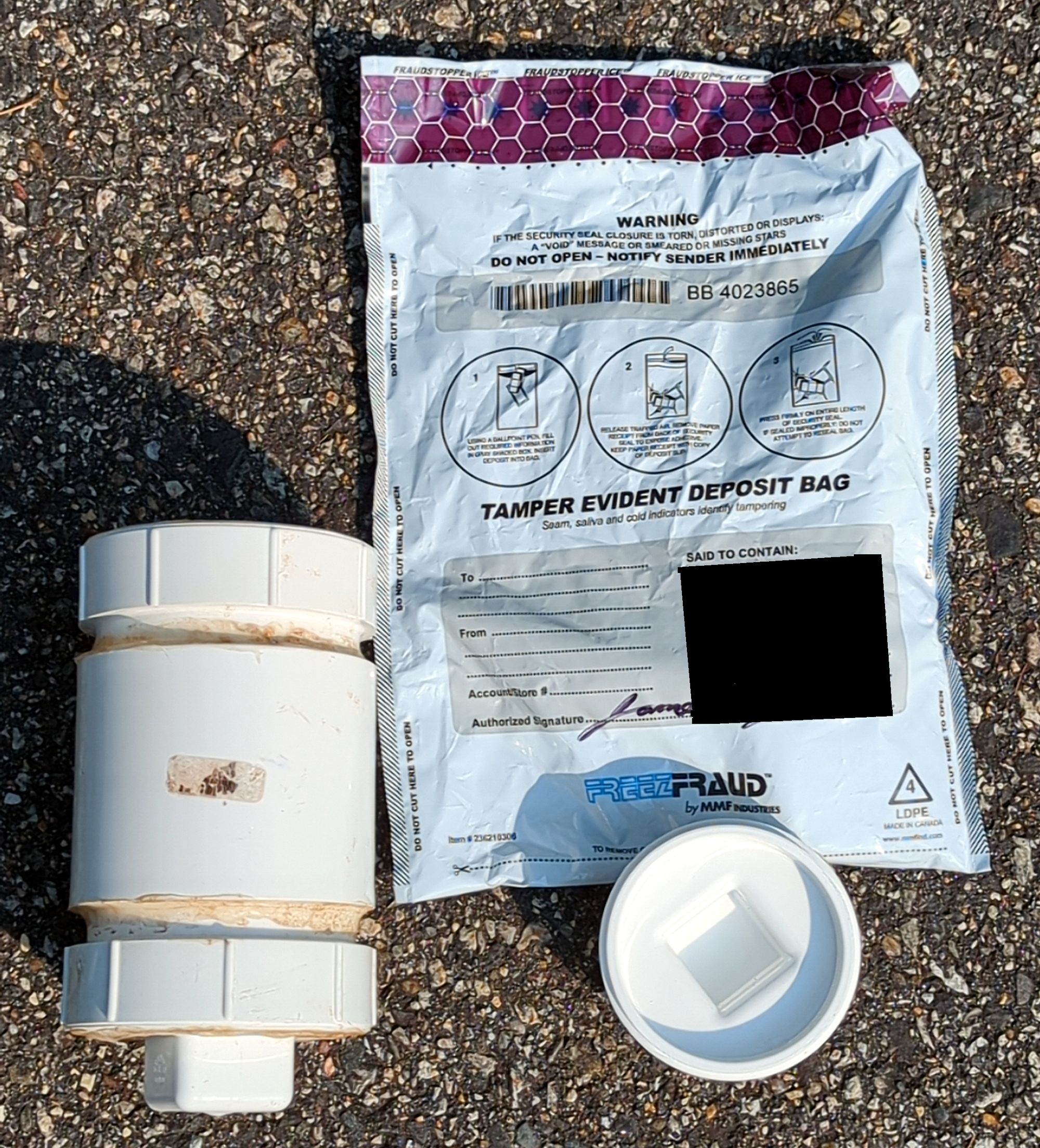
As we can see here, the outer plates of this backup are in pristine condition. The holographic seal on the left is damaged because I opened it to check the seed phrase. You'll have to take my word for it that the stamped seed phrase on the inner plate is intact as well!
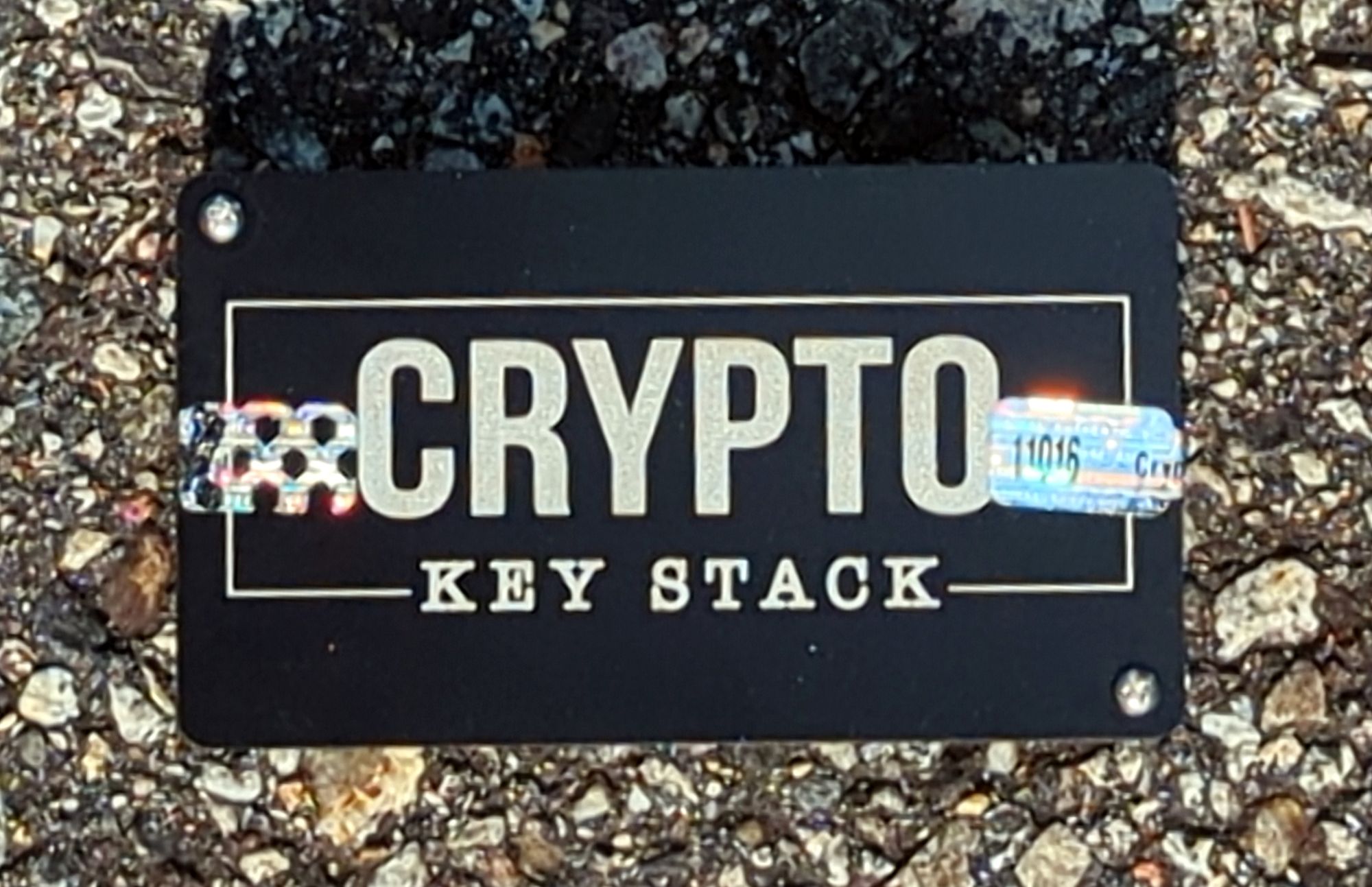
Conclusion
I think it's clear that the construction of a device suitable for acting as an underground storage vault is pretty straightforward. The hard parts are site selection, seed phrase distribution, and recovery plans / instructions.
If you're going to undertake seed phrase burial, make sure that you read the three links in the opening paragraph so that you understand all of the considerations that should be made regarding the seed phrase itself.




